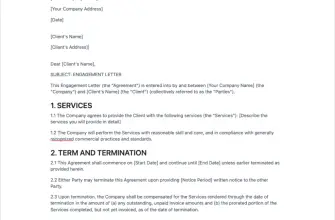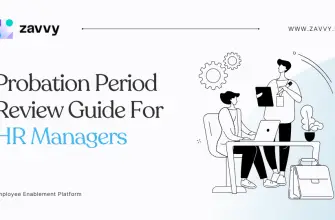Annualised hours contracts are becoming increasingly popular among employers and HR professionals. They offer a flexible approach to managing working hours, which can be particularly beneficial in industries with fluctuating demand. However, mastering these contracts requires a deep understanding of what annualised hours are, how they work, and the pros and cons of this approach. This article will provide key insights into annualised hours contracts, helping you to make informed decisions for your business.
Understanding Annualised Hours
Before delving into the intricacies of annualised hours contracts, it’s essential to understand what annualised hours are. In simple terms, annualised hours refer to a system where an employee’s working hours are calculated over the course of a year, rather than on a weekly or monthly basis. This means that the number of hours an employee works can vary from week to week, depending on the needs of the business.
For example, an employee might work more hours during a busy period and fewer hours during a quieter period. However, their total number of work hours in a year would remain the same. This is different from a traditional contract, where an employee would typically work a set number of hours each week.
What is an Annualised Hours Contract?
An annualised hours contract is a type of employment contract that sets out the total number of hours an employee is expected to work over the course of a year. This type of contract offers flexibility for both the employer and the employee, as it allows for variations in working hours to meet the changing needs of the business.
It’s important to note that an annualised hours contract should still comply with employment law requirements, such as providing a minimum number of rest breaks and holidays. For example, if an employee is entitled to 224 hours holiday in days, this would equate to 28 days off work (based on an 8-hour working day).
Annualised Salary Meaning
When discussing annualised hours, it’s also important to understand the concept of an annualised salary. This refers to the total amount of money an employee will earn over the course of a year, based on their annualised hours. The annualised salary is typically calculated by multiplying the hourly rate by the total number of hours in the work year.
Pros and Cons of Annualised Hours
Like any employment arrangement, annualised hours have their pros and cons. Here are some key points to consider:
- Pros:
- Flexibility: Annualised hours contracts can provide flexibility for both employers and employees. Employers can schedule work during busy periods, while employees can potentially enjoy more time off during quieter times.
- Efficiency: By aligning work schedules with business needs, employers can potentially increase efficiency and reduce costs.
- Income stability: Despite variations in weekly working hours, employees on annualised hours contracts can enjoy a stable income, as their annual salary remains the same.
- Cons:
- Unpredictability: The varying work schedules can be unpredictable for employees, which may impact work-life balance.
- Management challenges: Managing annualised hours contracts can be complex for HR professionals, particularly in terms of tracking hours and ensuring compliance with employment laws.
- Employee relations: If not managed carefully, annualised hours contracts could potentially lead to dissatisfaction among employees, particularly if they feel they are being asked to work long hours during busy periods.
Benefits of Annualised Salaries
Despite the potential challenges, there are several benefits of annualised salaries. These include:
- Income stability: As mentioned earlier, one of the key benefits of an annualised salary is income stability. Even if an employee’s weekly working hours vary, their annual income remains the same.
- Flexibility: An annualised salary can provide flexibility for employees, particularly those with caring responsibilities or other commitments outside of work.
- Reduced administration: From an HR perspective, annualised salaries can reduce the need for complex payroll calculations, as the employee’s salary is the same each month.
How to Calculate Annual Leave Hours
When managing annualised hours contracts, it’s important to know how to calculate annual leave hours. This is typically done by multiplying the number of leave days an employee is entitled to by their daily working hours. For example, if an employee works 8 hours a day and is entitled to 28 days of leave, their total annual leave hours would be 224 hours.
Conclusion
Mastering annualised hours contracts requires a deep understanding of the concept, its benefits, and potential challenges. While this approach offers flexibility and can improve efficiency, it also requires careful management to ensure compliance with employment laws and maintain employee satisfaction. By understanding the intricacies of annualised hours and annualised salaries, HR professionals and employers can make informed decisions that benefit both the business and its employees.









